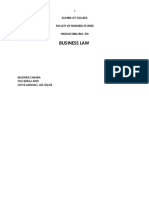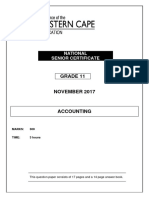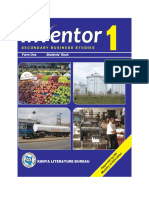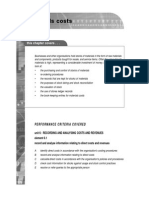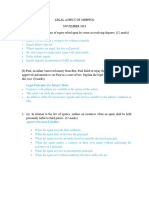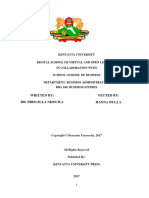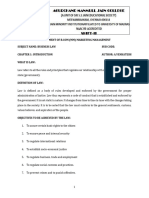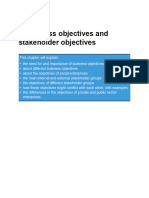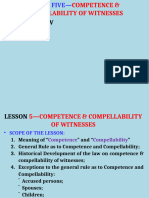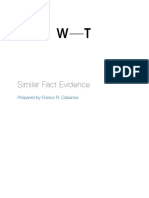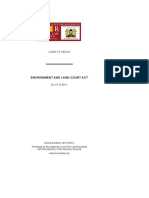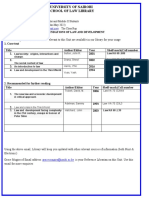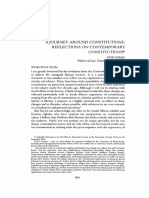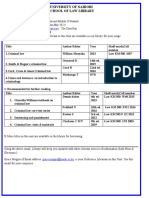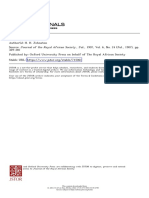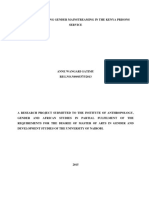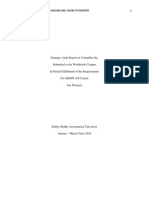0% found this document useful (0 votes)
585 views10 pagesIntroduction To Law and Governance Sample Notes
This document provides an overview of the content to be covered in the Introduction to Law and Governance study text. The text will cover 13 units exploring topics such as the legal system, administrative law, alternative dispute resolution, law of persons, tort, contract, sale of goods, agency, partnership, insurance, and negotiable instruments. The objective is to equip students with knowledge and skills to apply legal principles and ensure compliance with governance standards.
Uploaded by
Boss CKCopyright
© © All Rights Reserved
We take content rights seriously. If you suspect this is your content, claim it here.
Available Formats
Download as PDF, TXT or read online on Scribd
0% found this document useful (0 votes)
585 views10 pagesIntroduction To Law and Governance Sample Notes
This document provides an overview of the content to be covered in the Introduction to Law and Governance study text. The text will cover 13 units exploring topics such as the legal system, administrative law, alternative dispute resolution, law of persons, tort, contract, sale of goods, agency, partnership, insurance, and negotiable instruments. The objective is to equip students with knowledge and skills to apply legal principles and ensure compliance with governance standards.
Uploaded by
Boss CKCopyright
© © All Rights Reserved
We take content rights seriously. If you suspect this is your content, claim it here.
Available Formats
Download as PDF, TXT or read online on Scribd
/ 10

